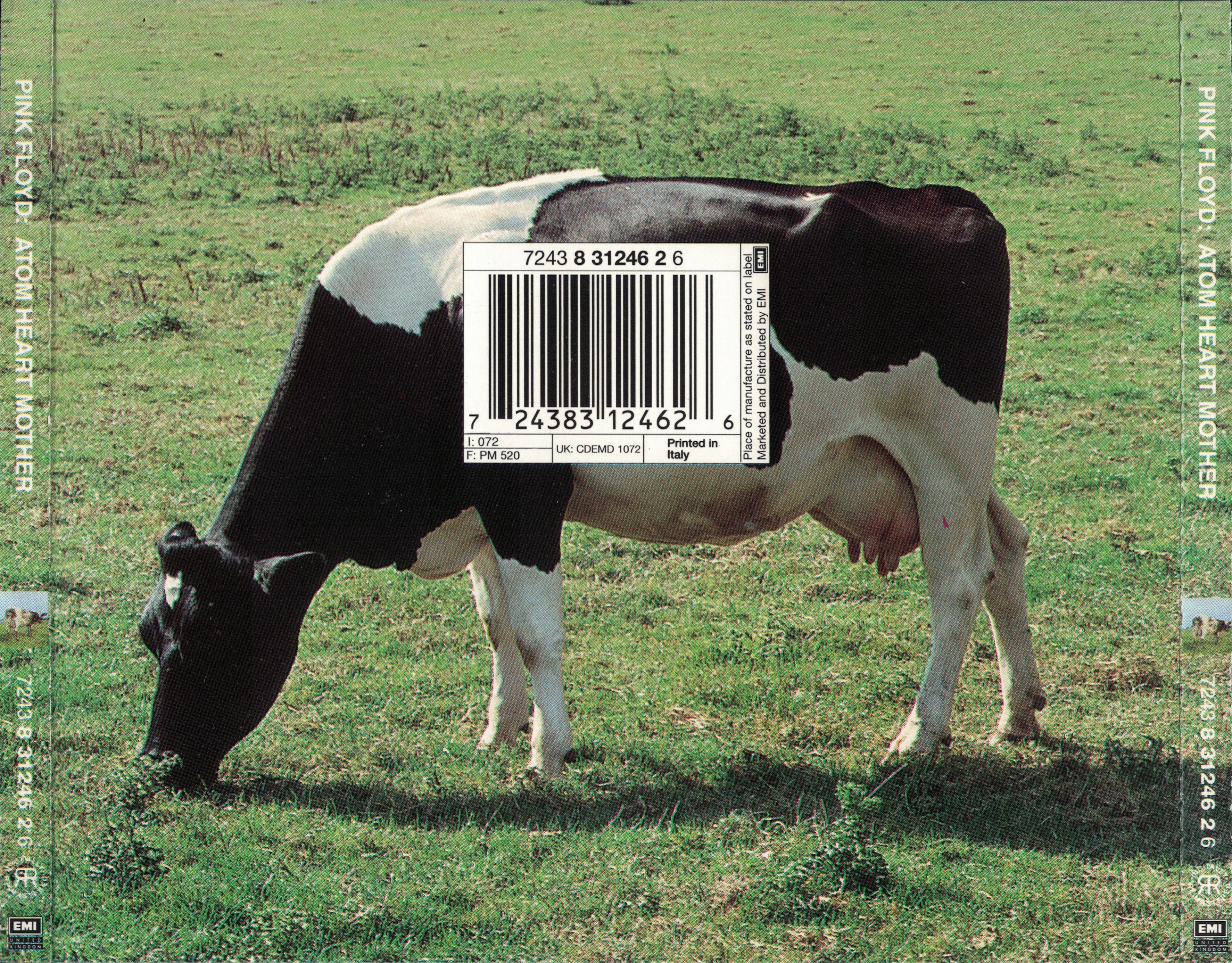Hi there. I recently was going through my Blind Guardian collection and was editing some releases where the information was incomplete or incorrect to my best knowledge. regarding this edit…
https://musicbrainz.org/edit/103785129
I was wondering if there is something official in the guidelines or at least a common stand how to deal with catalognumber from the distributor of a release.
see this release:
the label is “No Remorse Records” with the catno “NRR 1001”. the distributor is “SPV GmbH” who provides its own code “85-3851”. in the annotation of the release this was orginally described as the distribution code. regarding the reference wiki of discogs however this doesn’t seem to be the case and just seems to be another catno.
since I was unsure about this I compared this with the first CD press of the second studio album, where “SPV GmbH” was again the distributor. this time the code is more prominently featured on the spine as well and there it was already listed as label and catno (I merely corrected the catno).
in my opinion the different placement of the SPV code doesn’t justify making a difference in how to edit this two releases. so what’s the guideline here?
